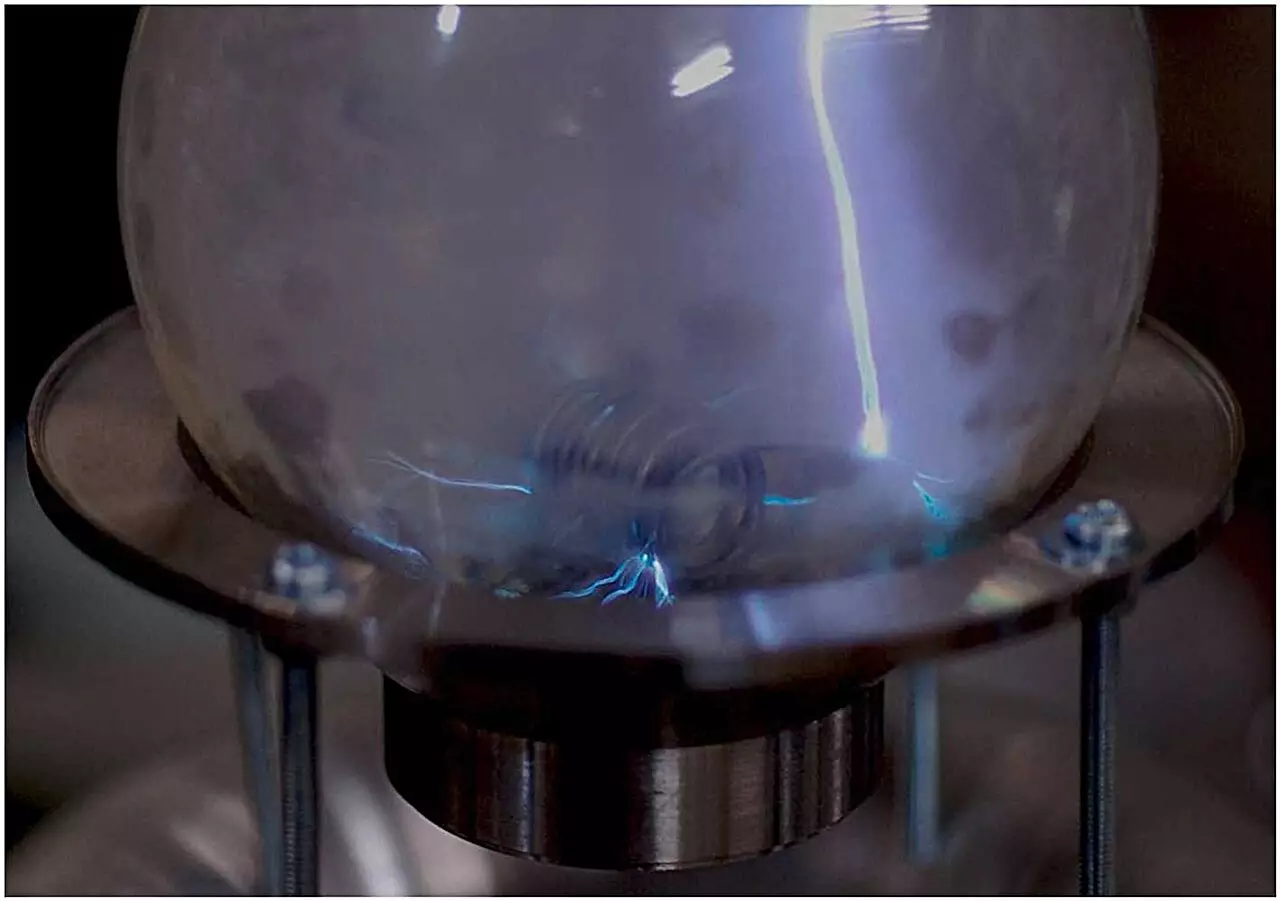The realm of synthetic polymer chemistry has seen significant advancements in recent years, but a recent breakthrough from researchers at the University of Tsukuba has entirely redefined traditional methodologies. By employing a high-voltage Tesla coil to facilitate radical polymerization, this team has unveiled a clean, catalyst-free technique for synthesizing polymers commonly found in a variety of plastic applications, such as polystyrene and acrylic resins. This innovative approach not only minimizes the reliance on metal-based catalysts but also streamlines the overall production process.
At the heart of this novel process lies a unique application of electrical discharge. The researchers generated monomer radicals through a remote spark discharge inherent to the Tesla coil’s operation. Unlike conventional methods that require the use of polymerization initiators, this technique leverages the coil’s ability to produce high-frequency, high-voltage discharges without necessitating any direct contact with the reaction mixture. As a result, this form of initiation allows for a cleaner and more efficient polymerization process, ultimately leading to the synthesis of high-purity polystyrene and polymethyl methacrylate, both pivotal in the production of food containers and other plastic products.
The implications of this technology are profound. Traditionally, synthesizing polymers has relied heavily on metal catalysts and radical polymerization initiators, which can lead to environmental concerns and complicate the recycling efforts associated with polymer waste. By eliminating these requirements through the innovative use of electromagnetic waves, this new method not only addresses ecological considerations but also simplifies industrial applications. The prospect of employing such techniques on a commercial scale could significantly reduce production costs and improve sustainability in plastic manufacturing.
Furthermore, the research team did not stop with conventional polymers. They ventured into the territory of conjugated polymers, discovering that similar spark discharge treatments could be applied effectively to these sophisticated materials. The soliton, a wave-like phenomenon generated during the discharge, acts as an initiator, showcasing the versatility and adaptability of this new methodology. This innovative finding not only enriches our understanding of polymer synthesis but also expands the possibilities for future applications and material enhancements.
The approach adopted by the University of Tsukuba researchers represents a pioneering shift in the field of synthetic polymer chemistry. By utilizing a Tesla coil to initiate polymerization without traditional catalysts, they have opened up exciting avenues for development in material science. Their work, documented in the journal Next Materials, serves as a promising indication of future efforts towards sustainable and efficient production methods in the ever-expanding world of polymers. As industries seek innovative solutions to pressing environmental issues, this breakthrough could redefine polymer manufacturing in the years to come.


Leave a Reply